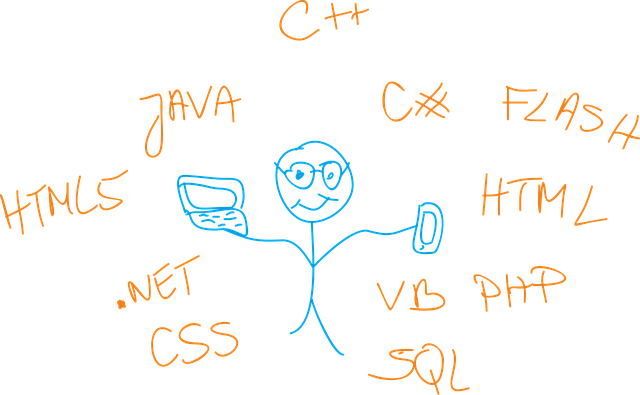
If you’ve ever tried coding or heard people talk about it, you might wonder: why are there so many programming languages? Just like we have English, Spanish, Japanese, and hundreds of other human languages, the world of computers has its own set of languages— from 700 to more than 100 000 (depending how you count). Each programming language is a way to “talk” to computers and tell them what to do. But not all languages are the same. Some are better for building websites, others for making video games, and some are used to control robots or analyse data.
So, why do we need so many? It’s because different tasks need different tools. Imagine trying to paint a wall with a toothbrush—it’s possible, but not ideal. In the same way, some programming languages are designed to be fast and powerful (like C++), while others are made to be easy to read and write (like Python). New languages are also created when developers want to fix problems in older ones or try out new ideas. It’s a bit like how slang or new words pop up in human languages over time.
Programming languages come in many types, each designed for different kinds of tasks.
Here are a few beginner-friendly options and what they’re good for:
In the end, having many programming languages isn’t a problem—it’s a strength. It gives us choices and lets us pick the best tool for the job. It also shows how creative and diverse the world of coding really is. Whether you’re building an app, designing a game, or exploring artificial intelligence, there’s a language out there that fits your needs. And just like learning a new human language can open doors to new cultures and ideas, learning different programming languages can help you become a better, more flexible coder.
Article written by Régine POUSSIN
Copyright © Université du Luxembourg 2025. All rights reserved.